
- To celebrate World Photography Day, on August 19, veteran travel writer and photographer Tim Pile shares some tips on how to get postcard perfect pictures
- Eye contact, light and perspective are all important, as are a little bit of luck and a lot of patience
To coincide with World Photography Day, on August 19, here are some images that have accompanied my South China Morning Post travel submissions over the past two decades. There’s a story behind some of the shots and I’ve included a few tips picked up along the way.
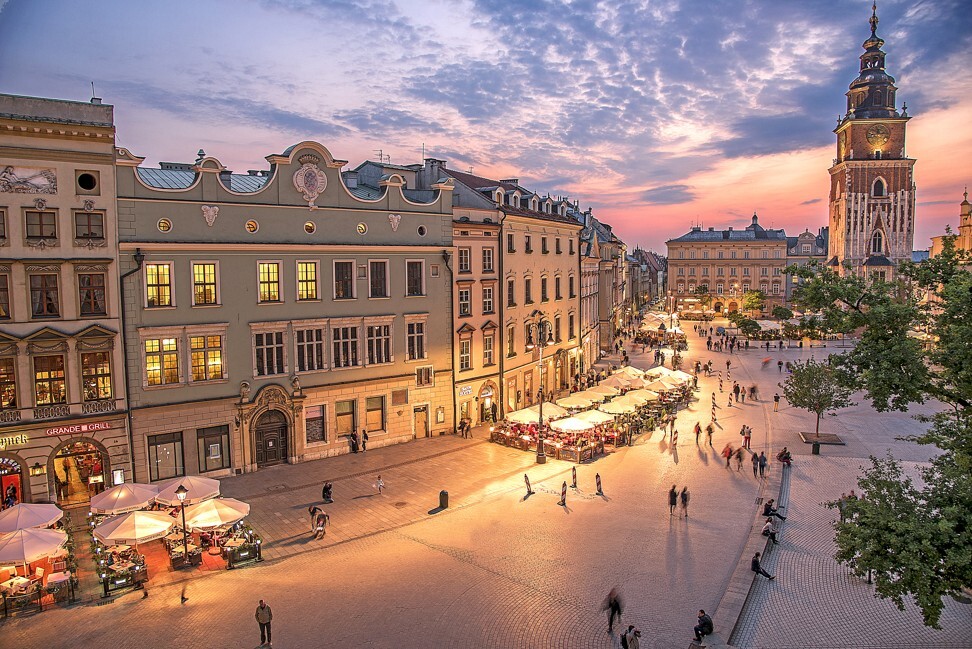
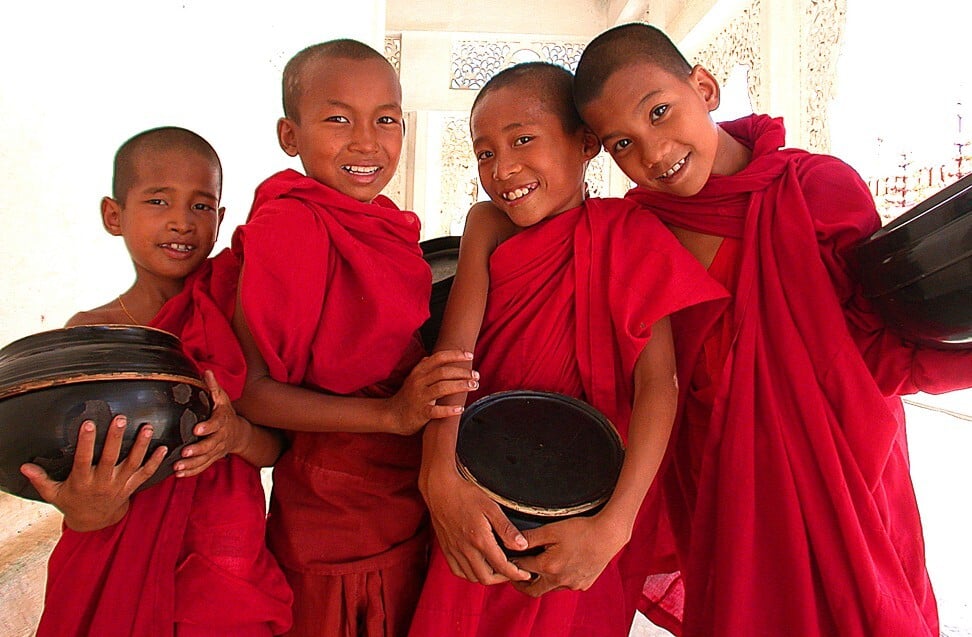
BAGAN, MYANMAR (2004) This image ticks a number of portrait photography boxes: strong eye contact; genuine smiles; and endearing mannerisms such as fingers resting on forearms and heads tilted inward. So was I just lucky? Not really. I took 20 shots and deleted 19 before I’d even got back to my hotel.
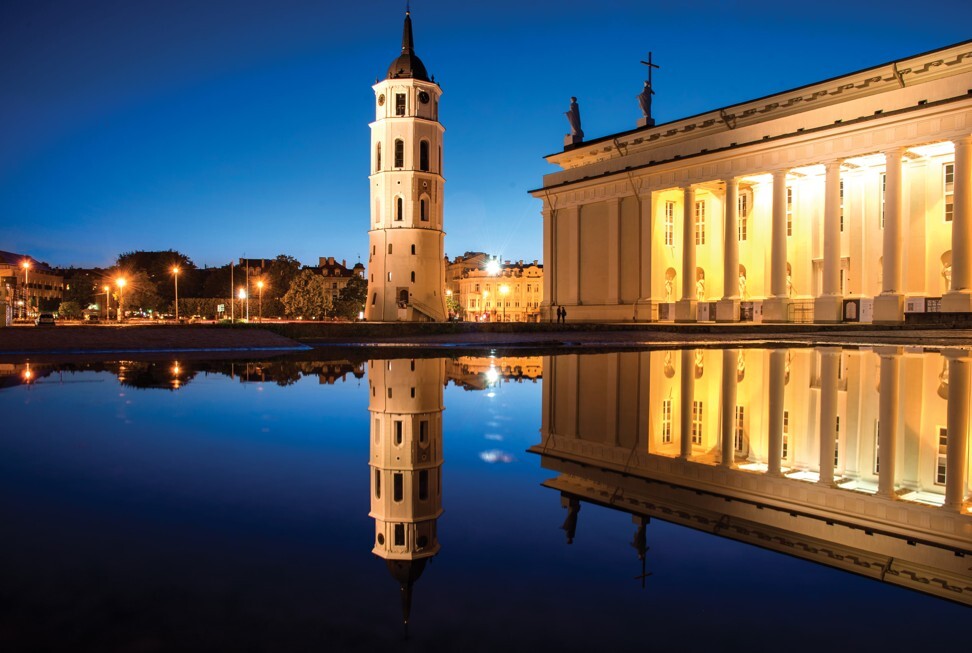
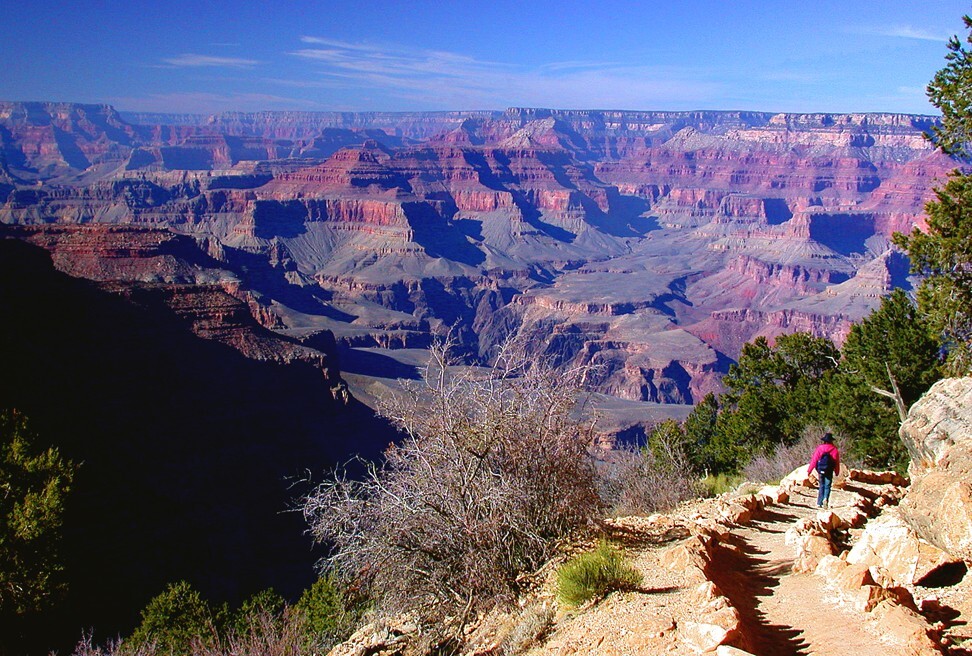
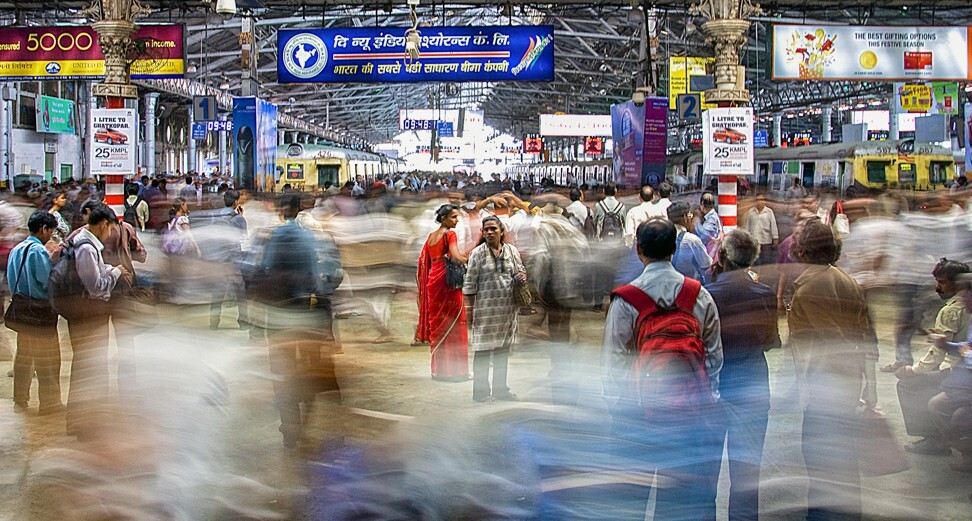
MUMBAI, INDIA (2011) Chhatrapati Shivaji Terminus is one of the world’s busiest railways stations but initially I struggled to convey the overwhelming crush of humanity at rush hour. The solution was to steady my camera against a pillar and set the shutter speed to four seconds, which created motion blur and a frenetic feel.
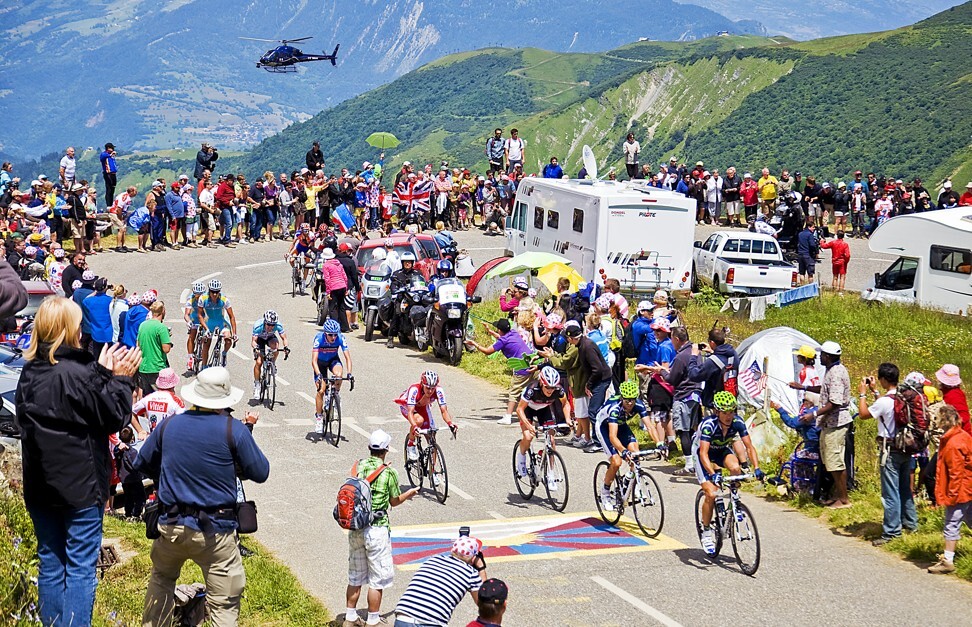
THE FRENCH ALPS (2012) Besides snapping close-ups of exhausted Tour de France riders urged onwards by rabid fans, it can also be rewarding to step back and capture a broader perspective. This image, captured near the summit of the Col de la Madeleine, shows spectators gathered on a sharp bend where the cyclists have to slow down.

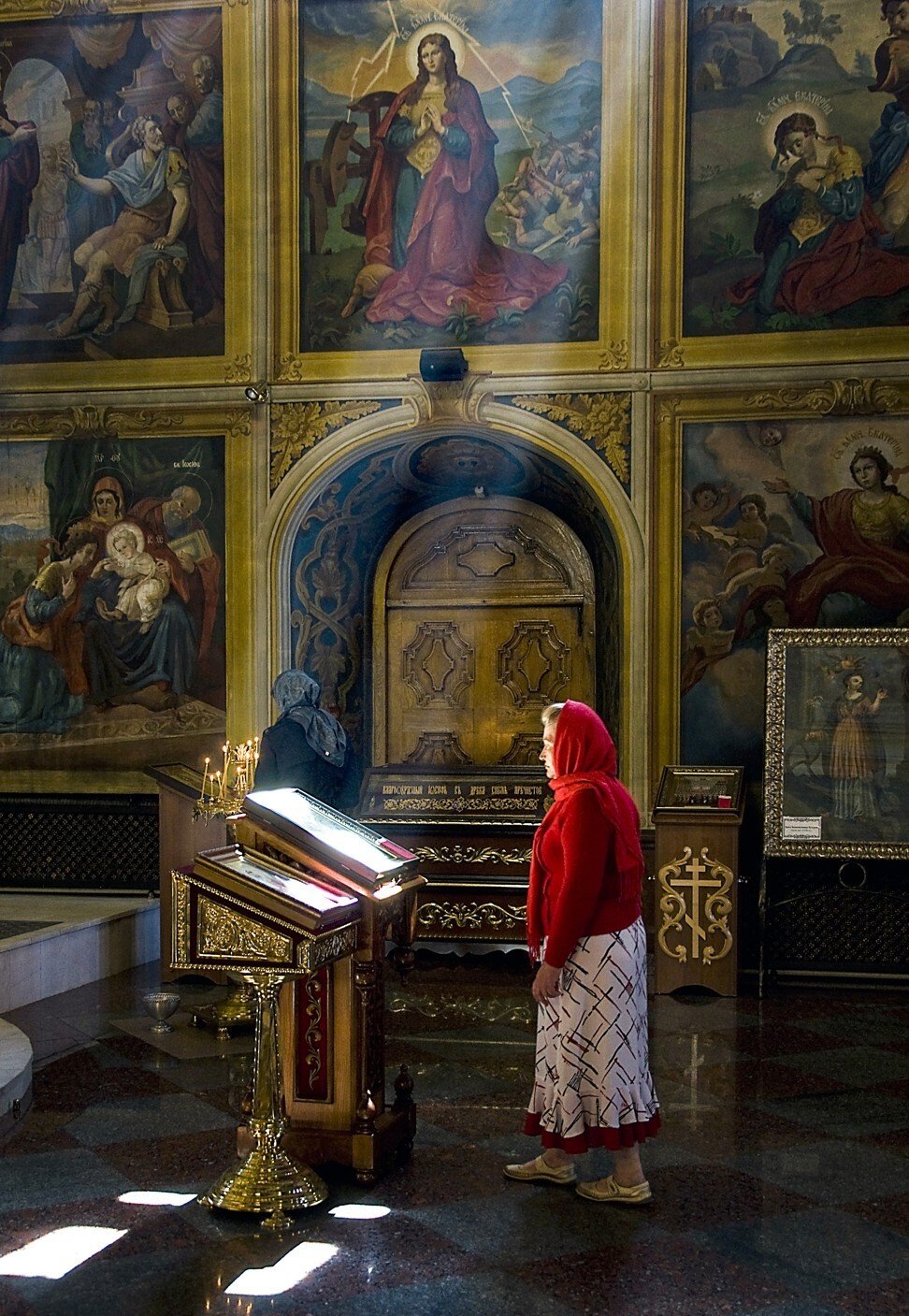

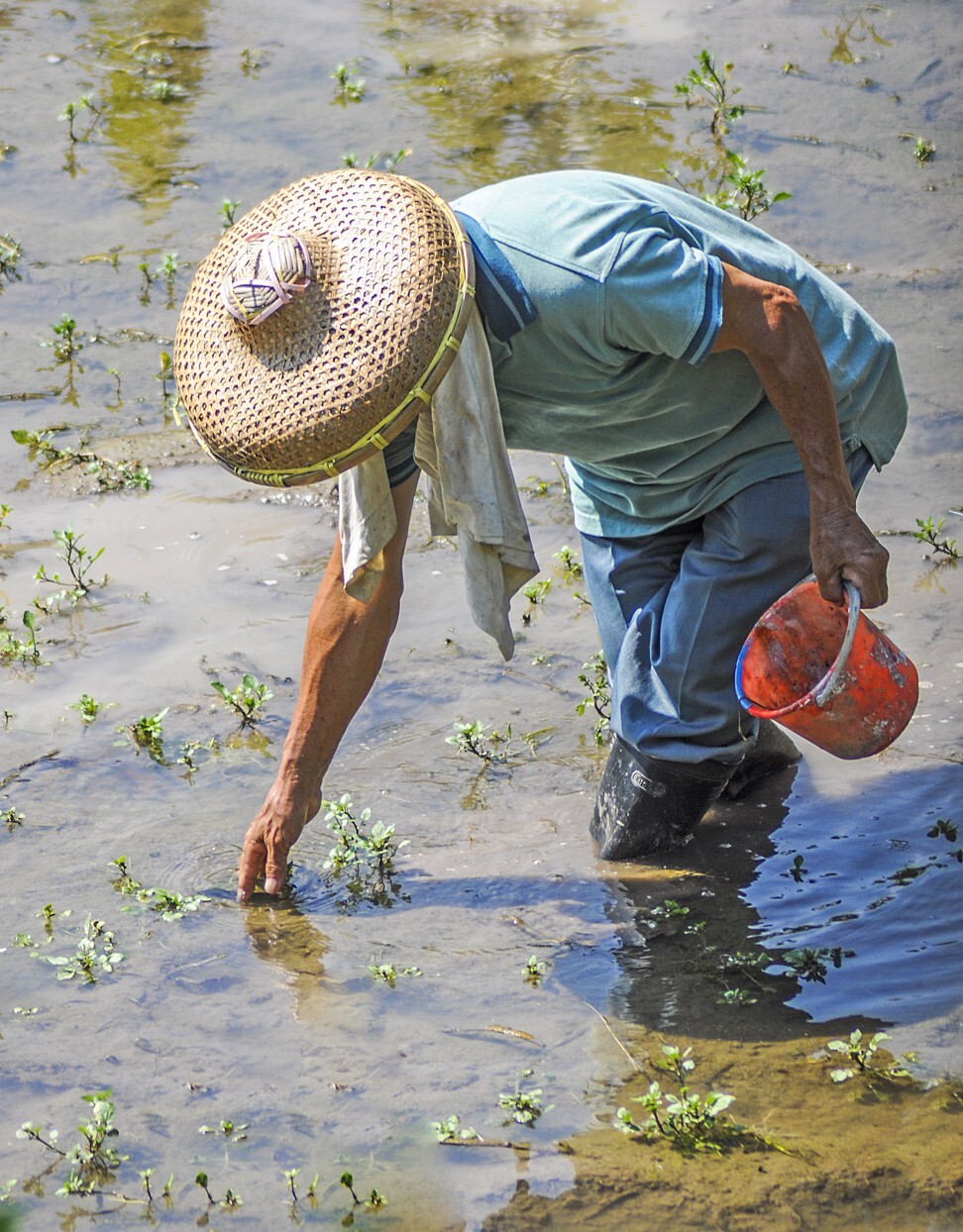
HONG KONG (2010) This is the only image here that didn’t accompany one of my Post articles, although it does have the feel of a travel photo. Is the farmer toiling in the rice terraces of the Philippines, or Vietnam perhaps? Neither, and it’s water spinach not rice. I know that because the man is my landlord, photographed from my bedroom window on Lantau Island. Sometimes an eye-catching image is right under our noses.

